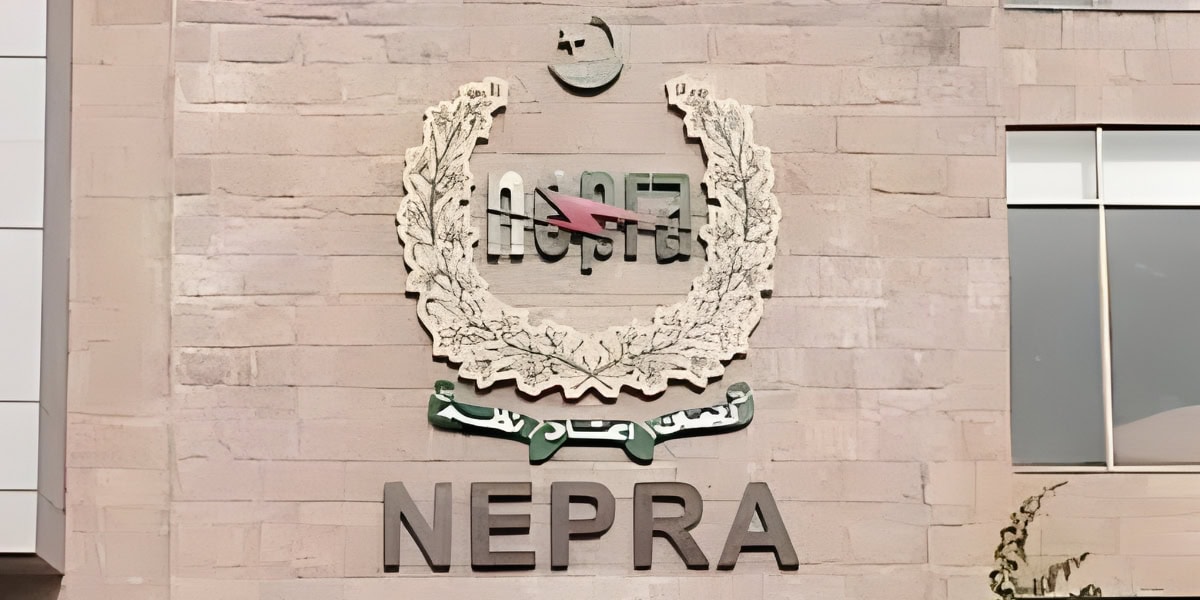
The National Electric Power Regulatory Authority (NEPRA[1]) has approved a major revision to K-Electric’s (KEL) Multi-Year Tariff (MYT) framework for FY2024–FY2030, introducing significant changes in returns, efficiency benchmarks, and recovery ratios. The revision marks one of the most comprehensive overhauls to K-Electric’s tariff regime in recent years.
Generation: ROE Retained, Old Plants Discontinued
NEPRA upheld K-Electric’s 14% US dollar-linked Return on Equity (ROE) for the generation segment. NEPRA cited the company’s foreign equity base and parity with Independent Power Producers (IPPs). However, a minimum guaranteed ROE of 35% dispatch will now apply on a Hybrid Take & Pay basis. This will be applied for BQPS II and III, effective November 2025.
The authority rejected K-Electric’s proposal to extend tariff tenures to 30 years. The authority also discontinued tariffs for four old gas-based plants, BQPS-I, KCCPP, SGEPS, and KTGEPS, citing redundancy. This redundancy is reported to be due to new grid interconnections (KKI/NKI). It also rejected the utility’s plea to recover take-or-pay costs for RLNG supply contracts. No take-or-pay contracts will be permitted after K-Electric’s current gas supply agreement expires in December 2025.
Transmission & Distribution: Lower Returns and Stricter Loss Targets
In the new MYT, NEPRA reduced the Return on Equity for the transmission segment to 15% (PKR-based) from 14% (USD-based), aligning it with national entities such as NTDC and STDC. For the distribution segment, the ROE is now 14.47% (PKR-based) instead of 14% USD-based.
A key highlight is the tightening of loss benchmarks:
- Distribution losses have been revised down to 9.0% from 13.9%, including 8% technical losses and 1% for law and order.
- Transmission losses have also been revised to 0.75%, down from 1.3%.
NEPRA justified these reductions, saying that K-Electric’s ongoing system modernization projects are expected to “deliver measurable efficiency improvements.” These projects include ELR and ADMS.
The law and order margin has also been cut to 1.0% from 3.39%. Additionally, markup caps on future loans have been reduced to 2.25% (foreign) and 1.5% (local), to encourage cheaper financing and consumer relief.
Supply Function: Full Recovery Mandated
NEPRA’s new framework sets K-Electric’s tariff on a 100% recovery basis, eliminating previously allowed recovery losses (93.25–96.50%). While K-Electric’s reported recovery stood at 91.5% in FY24, the utility will now be allowed to claim write-offs up to 3.5% for FY24–25, tapering to 1% by FY30.
Moreover, the regulator lowered K-Electric’s reference fuel cost from PKR 15.9947/kWh to PKR 14.50/kWh, noting that outdated benchmarks had created an estimated PKR 28 billion fiscal shortfall. This adjustment will apply retrospectively, requiring K-Electric to refile monthly Fuel Charge Adjustments (FCAs).
NEPRA also revised down the company’s Net Working Capital to ~PKR 10.5 billion, correcting double-counted payables and removing cash buffers.
Tariff Impact: Significant Reduction for Consumers
The new MYT has resulted in a tariff reduction of PKR 7.6 per kWh, lowering the average tariff from PKR 39.97 to PKR 32.37 per kWh. Revenue requirements dropped from PKR 606.9 billion to PKR 519.4 billion.
Analysts at AKD Securities estimate that these revisions will have a negative earnings impact of approximately PKR 79 billion (LPS: PKR 2.9) for FY24, primarily due to tighter loss benchmarks and recovery assumptions.
Despite the financial hit, NEPRA maintains that the changes are designed to “promote operational efficiency, reduce consumer costs, and align K-Electric’s performance with national utilities.”
